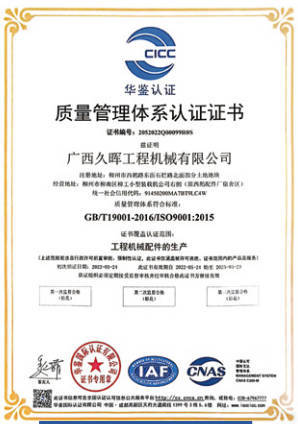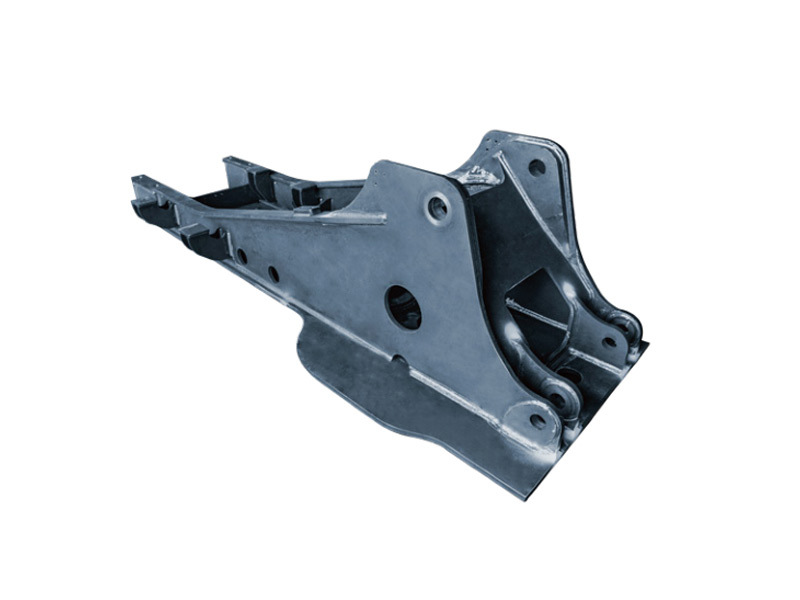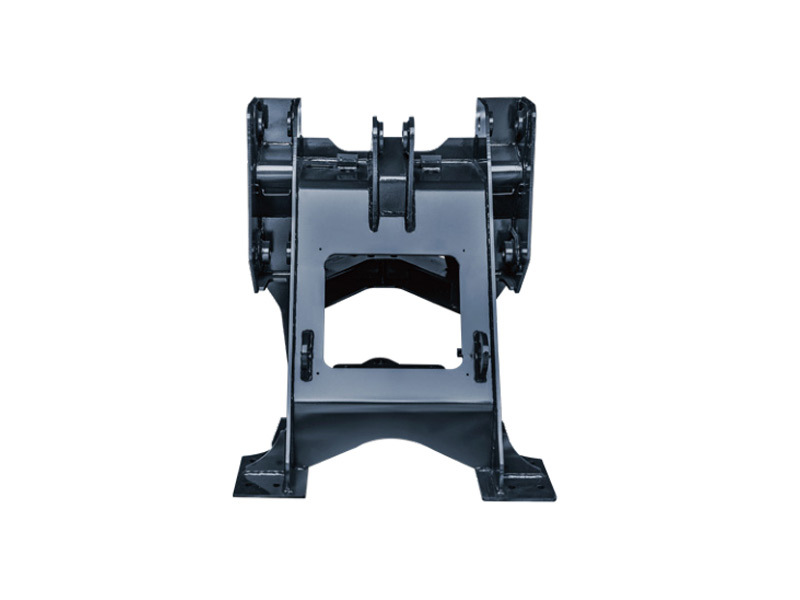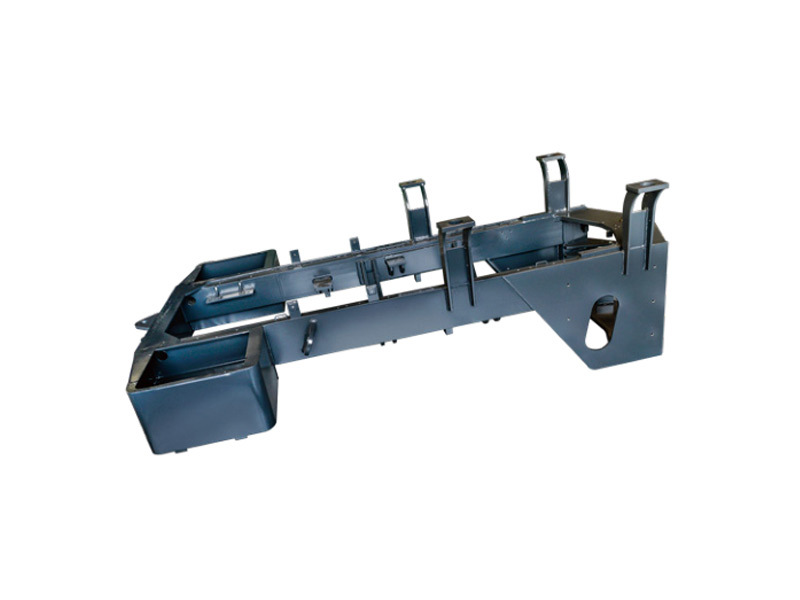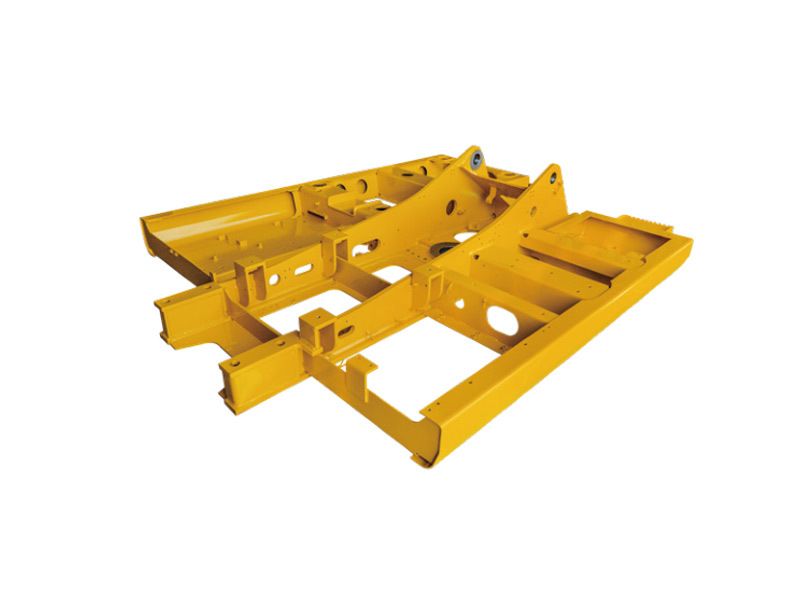
Excavator rocker arm linkage components are key parts of the excavator's working device. The following is an introduction from the aspects of structural composition, function, design characteristics, and maintenance points:
Structural Composition
Rocker arm linkage components typically include the rocker arm, connecting rod, and related pins and connecting components. The rocker arm and connecting rod are interconnected, with one end of the cylinder fixed to their connecting hinge point. The other end of the connecting rod is connected to the bucket, forming a four-bar linkage structure consisting of the bucket arm, connecting rod, rocker arm, and bucket.
Functional Role
Power Transmission: The rocker arm linkage components are the intermediate connecting components between the bucket hydraulic cylinder and the bucket, directly bearing the driving force of the bucket hydraulic cylinder, converting the telescopic movement of the hydraulic cylinder into the digging and lifting actions of the bucket.
Motion Control: Through the movement of the rocker arm linkage, the angle, rotation angle, and digging force of the bucket can be controlled, allowing the excavator to complete various complex digging tasks. For example, during excavation, the operator can control the rocker arm linkage to adjust the digging depth and angle of the bucket to adapt to different working conditions.
Extension and Retraction: The rocker arm linkage can also control the extension and retraction of the excavator arm, allowing the excavator to accurately deliver the excavated material to the designated location.
Design Characteristics
Size and Strength Design: The rocker arm and connecting rod are relatively small in size, but as transmission components, they need to withstand large forces and stresses. Therefore, the design must ensure sufficient strength and stiffness. For example, the rocker arm cross-section is L-shaped, using an L-shaped structure to achieve a strengthening effect. A fillet is added to the outer corner of the L-shaped structure, using a fillet with a gradual radius to increase the component strength.
Kinematics Design: The design of the rocker arm linkage needs to consider the kinematic characteristics of the excavator to ensure that the bucket can achieve the expected motion trajectory and range of motion. For example, improvements are made to the length of each rod in the four-bar linkage structure, as well as the structural shape of the connecting rod, rocker arm, and ears. The stroke of the hinge point cylinder is lengthened, and the position of the cylinder hinge point is moved backward, lowering the connection point position of the connecting rod and rocker arm to offset the loss of swing stroke caused by the high position of the connecting rod cylinder connection point.
Wear Resistance and Reliability Design: Because the rocker arm linkage is subjected to considerable friction and wear during operation, wear-resistant materials and surface treatment processes must be used to improve its wear resistance and reliability. Fatigue reliability design is also required to ensure that under certain working conditions, the mechanical structure will not experience fatigue failure within the specified service life.
Maintenance Points
Regular Inspection: Regularly check the wear of the rocker arm linkage, the fastening of the connecting parts, and the lubrication of the pins, and promptly identify and address potential problems.
Timely Replacement: If fatigue failure, serious wear, or cracks are found in the rocker arm linkage, it should be replaced promptly to avoid affecting the normal operation and safety of the excavator.
Correct Lubrication: Lubricate the pins and other parts of the rocker arm linkage according to the specified requirements to reduce wear and friction and extend the service life.
rocker connecting rod

Keyword:
Category:
Quality Management System
Total Participation:
Upholding the philosophy that quality is life and product is character, Jiuri's management team is fully involved in quality management and improvement, incorporating product quality control into key management content; leaders strengthen communication between departments, clarify work requirements, and each link is interlocked, mutually supervising and promoting each other to jointly ensure product quality.
New Product Quality Management:
Project management; New product quality audit; New product planning; Supplier advance management; APQP development process control.
Manufacturing Process Quality Management:
Quality elite system; Lean production; Total productive maintenance; Statistical process control; PDCA quality management system.
OUR STRENGTH
Service tenet: To provide comprehensive solutions and services to customers from all walks of life
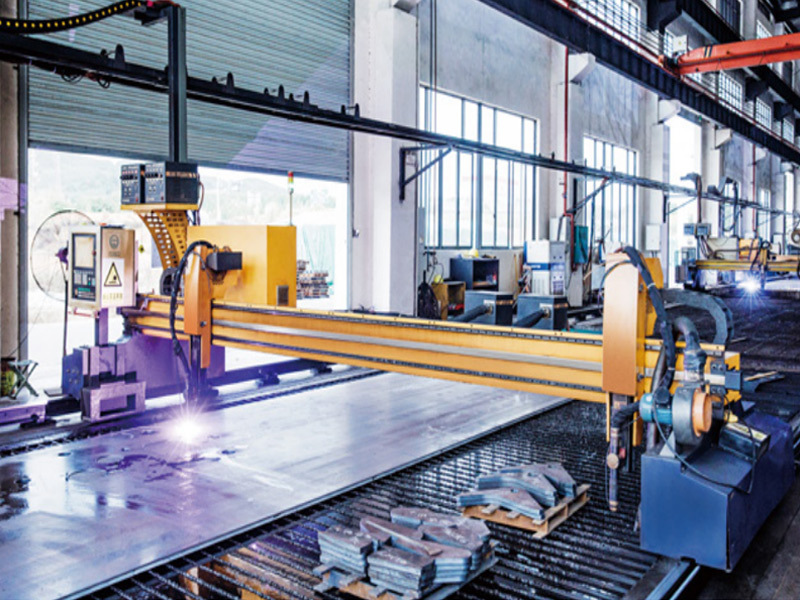
Raw material workshop
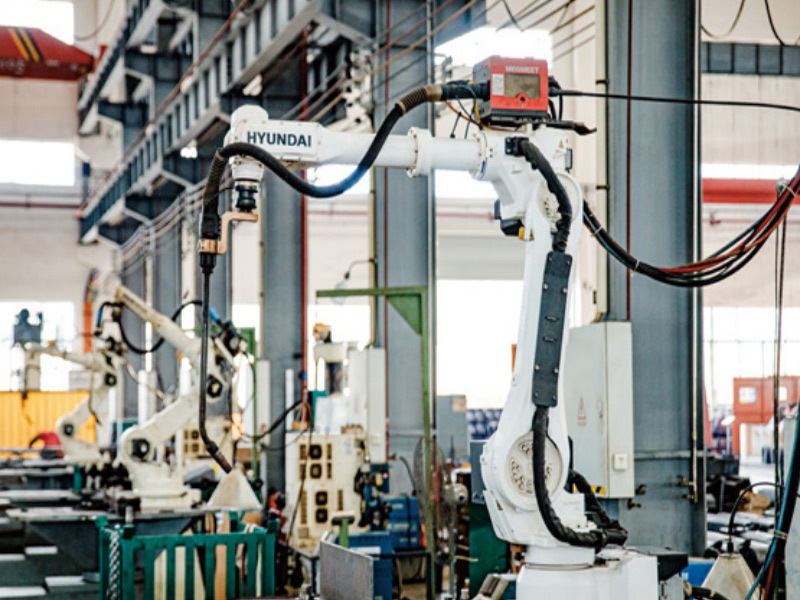
Welding robot
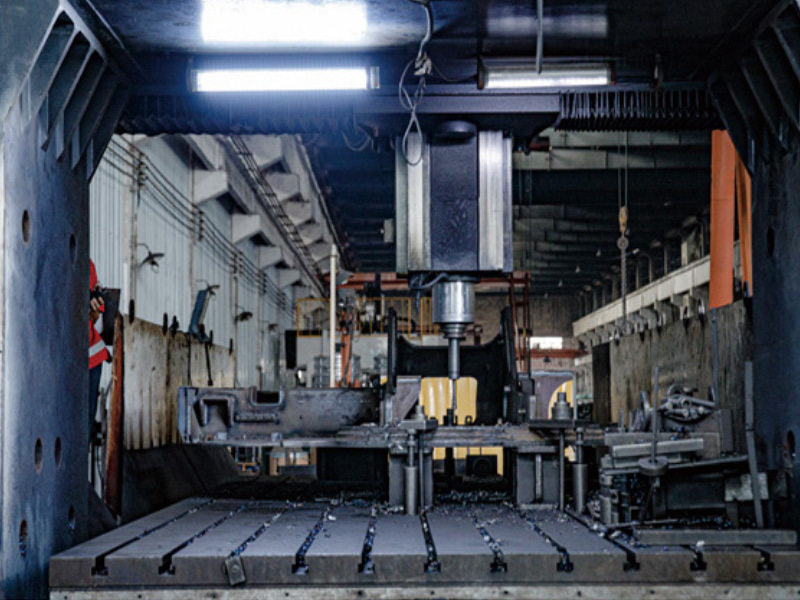
Machining Center
RECOMMENDED PRODUCTS
Products cover core structural components such as excavators, loaders, forklifts, and mining machinery, and are exported to international markets.
PRODUCT CONSULTATION
If you are interested in our products, please leave your email address, and we will contact you as soon as possible, thank you!

Products cover core structural components such as excavators, loaders, forklifts, and mining machinery
Our products cover core structural components such as excavators, loaders, forklifts, and mining machinery
Contact Us
Contact Person:18677228751 Liu An
Email:13977236501@139.com
Address: No. 7, Zhutong Road, Luorong Town, Liuzhou City
QR code
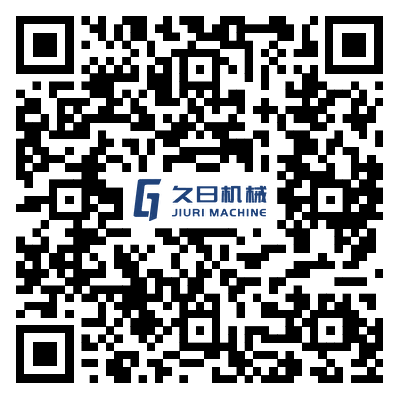
Scan the code to browse the official website

